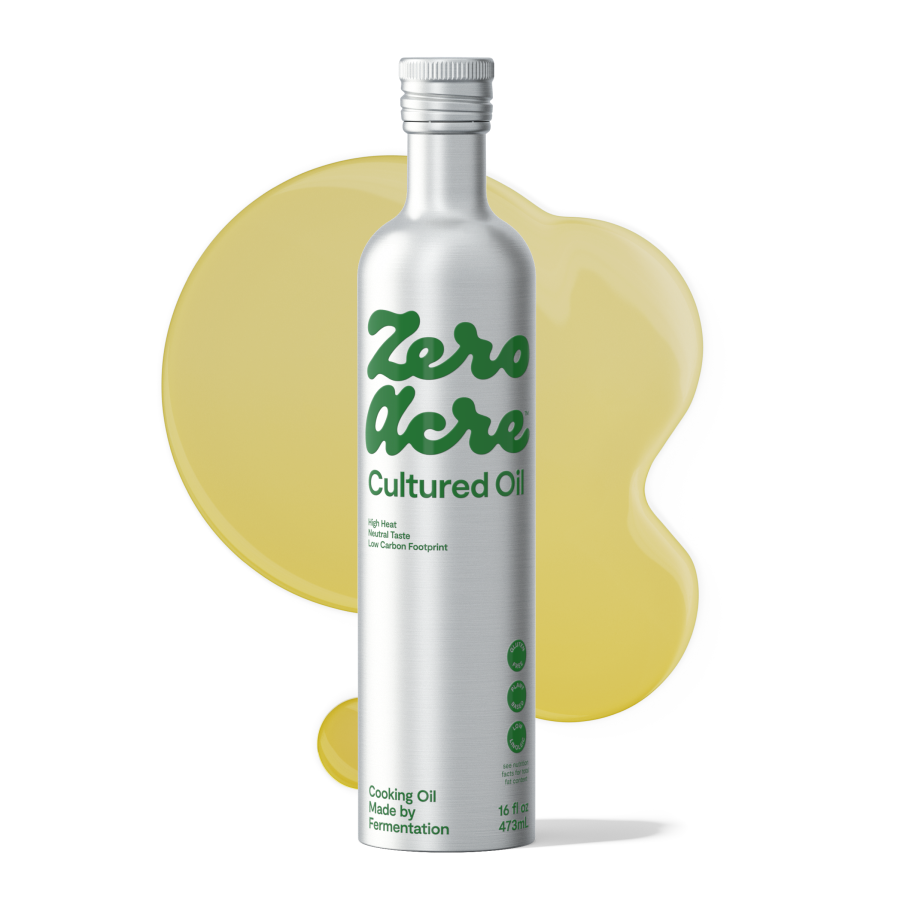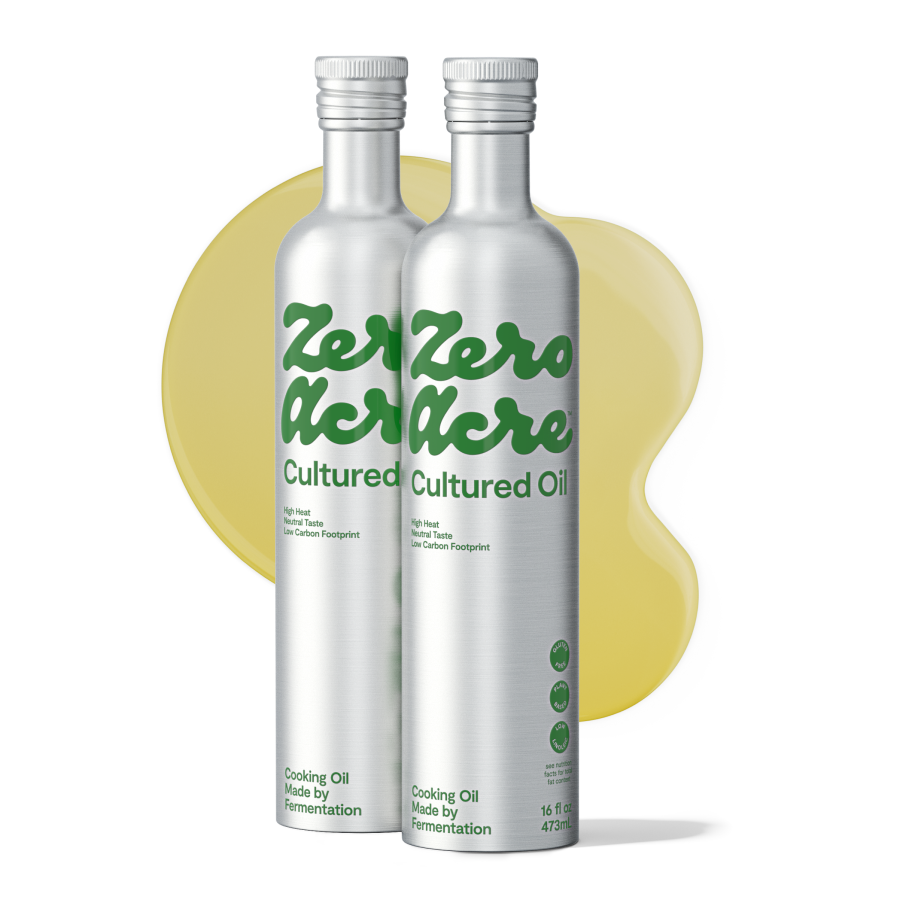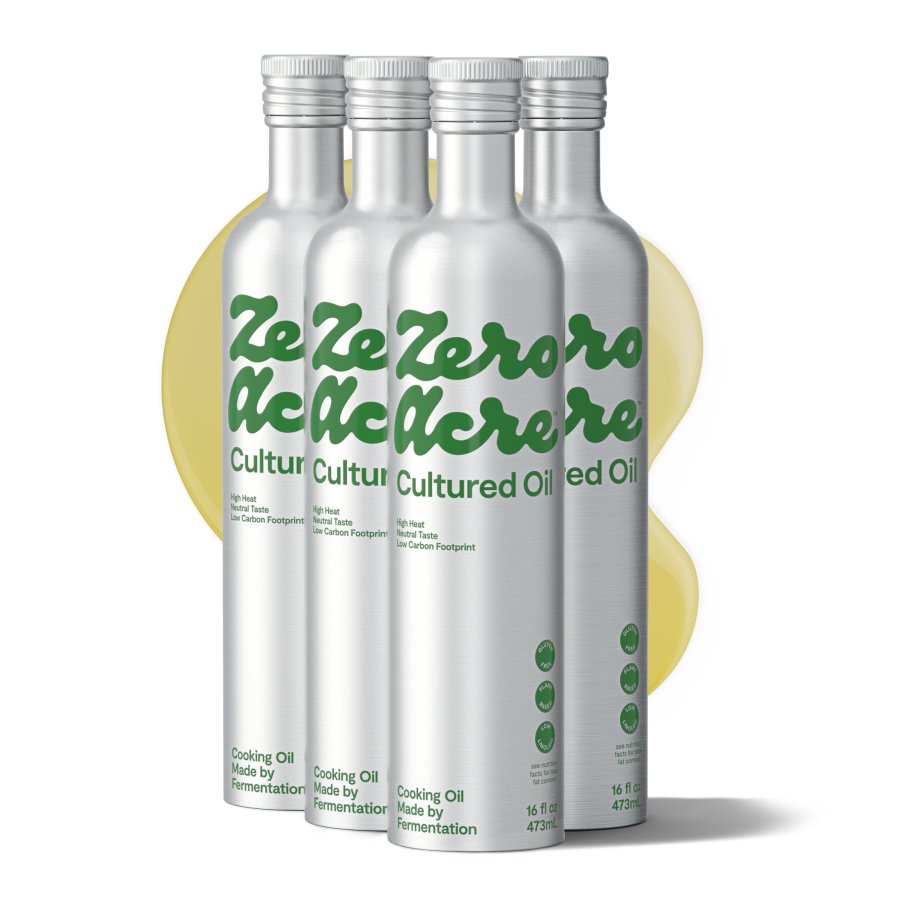WRITTEN BY: The Zero Acre Editorial Team
Article at a Glance
After years of hearing about the health benefits of olive oil, is it time to rethink its role in your diet and how olive oil production affects the environment?
Although olive oil is known for containing healthy monounsaturated fats, its inflammatory omega-6 fat content can reach levels as high as 27%.
If any heat or chemical treatment is used to extract or refine olive oil, it is no longer considered “virgin” and cannot legally be labeled as such.
Many olive oils are old, oxidized, and are even adulterated with damaging seed oils like soy and canola oil.
Introduction
Olive oil probably feels like one of those foods that needs no introduction. If you’re in the U.S., Canada, or Europe, you’re likely familiar with olive oil thanks to the buzz around the benefits of the Mediterranean diet, which features olive oil as its shining star. Indeed, olive oil has been a cornerstone of Mediterranean culture for thousands of years, though not always at the center of its diet.
Once an exclusive symbol of wealth reserved for only the most noble, today, olive oil is as commonplace in the global supermarket as butter. But after years of hearing about the health benefits of olive oil, is it time to rethink its role in your diet and how olive oil production affects the environment? Read on for the full story.
What is Olive Oil?
Olive oil is harvested from olive fruits, grown from olive trees concentrated mainly in Greece and Italy, though not exclusively.
Unlike many other culinary seed oils like canola or soybean, olive oil does not require chemical solvents to harvest. Instead, traditional virgin olive oil production relies on high-pressure pressing and centrifugation to draw out the oil from the fleshy fruit — the benefit of which is that many of the nutrients and active compounds within the olive remain undamaged and make it to the final oil product.
These traditional methods are what most manufacturers use to make "virgin" and "extra virgin" olive oils. However, if any heat or chemical treatment is used to extract or refine the oil, it is no longer considered virgin and cannot legally be labeled as such.
Olive Oil Nutrition
You likely think of olive oil as one of the healthier fats available. But is olive oil really the nutrition powerhouse magazines and cookbooks make it out to be?
Like all other household oils, olive oil is 100% fat — providing 9 Calories per gram, and about 120 Calories per tablespoon — or 240 Calories per two tablespoon “glug” most commonly used in cooking. Compare that to fresh whole olives, which contribute 6 kilocalories per olive, and also contain some fiber. For context, you’d have to eat 22 olives to get the total amount of fat in just one tablespoon of olive oil.
Olive oil rose to fame in recent decades as our collective attention turned to fighting heart disease by distancing ourselves from saturated fats, and we replaced butter and lard with oils that remained liquid at room temperature (a feature of most unsaturated fats).
But the conversation doesn’t end there.
All fat molecules — both saturated and unsaturated — are made up of various combinations of three different fatty acids. It turns out that the type and combination of these different fatty acids can make a huge difference in how the body uses and processes each fat.
For one thing, emerging evidence reveals that linoleic acid, the most prominent unsaturated fatty acid in seed oils like soybean and safflower, plays a role in increasing the risk for heart disease by oxidizing LDL cholesterol particles. Meanwhile other unsaturated fats — namely monounsaturated fats — are widely thought to have the opposite effect on our overall heart health [*,*,*].
We’ll talk more about the specific fatty acid makeup of olive oil in a bit, but suffice it to say that answering the question of whether or not olive oil is a healthy fat is a bit more complicated than saturated vs. unsaturated fat politics.
Another primary reason extra virgin olive oil has been touted as a superfood is the presence of polyphenols, plant-derived antioxidant molecules that occur naturally in olives (and many other plant foods). Polyphenols have been shown to provide a range of positive health effects when consumed — from reduced cancer risk, to better brain health and lower inflammation [*].
It’s worth emphasizing that these polyphenol benefits are unique to olive oil that has not been refined chemically or damaged by processing. Storage and shelf life are also relevant when it comes to polyphenol activity and antioxidant capacity, and olive oil is not immune to oxidation and rancidity.
Light, heat, and time can take a bottle of high-quality extra virgin olive oil from brimming with antioxidants to devoid of any polyphenol benefit, so it's crucial to not only find the highest quality extra virgin olive oil but also to use what you have quickly and store it in a cool, dark, dry place [*].
Olive Oil Fatty Acid Makeup
When it comes to the specifics of olive oil’s fat profile, monounsaturated fat is the most abundant, ranging from 55-85% of the total fat content [*]. Monounsaturated fat is responsible for many of the well-touted health benefits marketed on bottles of olive oil and by proponents of the Mediterranean diet — from reducing inflammation to preventing cancer [*,*].
But monounsaturated fat isn’t the only type of fat in olive oil. Linoleic acid, the omega-6 fatty acid linked to some of the most common health issues associated with inflammation, can range in prevalence from 3-27%, depending on the variety [*,*].
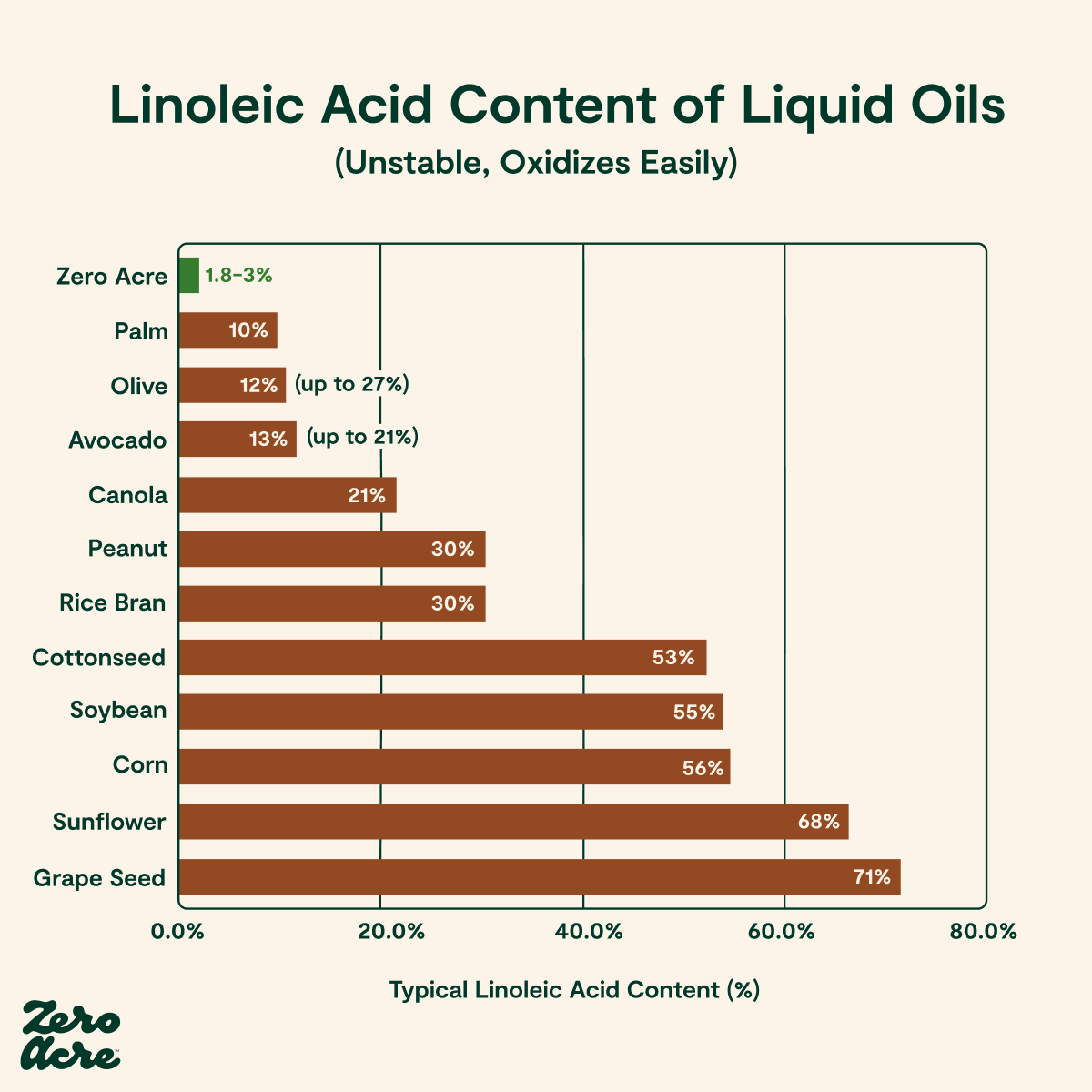
The fatty acid makeup of olive oil depends on factors related to where it is cultivated, like latitude, climate, and variety of olive used. Olive oils with the highest percentage of monounsaturated fat tend to be from the Mediterranean regions, while Tunisian olive oils are higher in linoleic and palmitic acids, for example [*].
As a consumer, it’s difficult to know what the exact fatty acid ratios are in the bottle you pick up from your local grocer. This is especially problematic for the more affordable olive oil “blends” that may tout the health benefits exclusive to monounsaturated fat, yet may be serving up more linoleic acid, and its associated health risks.
Linoleic acid is exponentially increasing in prevalence in the standard western diet, thanks to its abundance in cheap oils like soybean and safflower, which are now used in everything from salad dressings, to crackers, to granola bars, and more [*].
An increasing array of studies have suggested that excessive consumption of linoleic acid may be partly to blame for a whole host of health issues — from diabetes, osteoarthritis, dementia, irritable bowel syndrome, asthma, autoimmune diseases, and rising obesity rates across the globe [*,*,*,*,*,*,*].
One randomized controlled study in Asian Indian males with non-alcoholic fatty liver disease found that replacing high-linoleic acid soybean/safflower oil with lower-linoleic acid olive oil in the diet led to a significant decrease in weight and BMI after 6 months, as well as a significant decrease in fasting insulin [*].
In another randomized controlled trial, 41 women with excess body fat were given a daily high-fat meal that contained either high-linoleic soybean oil or lower-linoleic olive oil. After 9 weeks, body fat loss was 80% greater in the group that consumed less linoleic acid [*].
While this is certainly encouraging news for olive oil, we’re left to wonder whether even more beneficial outcomes are to be had by increasing the consumption of oils with even less linoleic acid than olive oil.
Olive Oil Adulteration
As previously mentioned, the quality, and associated health benefits, of olive oil has a lot to do with where it’s grown and how it’s produced. Mediterranean olive oils, particularly Italian and Greek, are some that have been shown to have lower amounts of linoleic acid, and assumedly more significant health benefits.
Unfortunately, due to increasing demand and reduced outputs in these regions, the risk of olive oil adulteration is real. Investigative journalist Tom Mueller pointed out in a recently published deep-dive that “faking” olive oil is surprisingly easy, and up to 75-80% of Extra Virgin Olive Oils in the U.S. may be fraudulent [*].
Fraudulent or adulterated oils are considered non-virgin olive oils that are packaged and sold as Extra Virgin, or where the country of origin labeling is counterfeited. As recently as 2020, the American Botanical Council of the U.S. found that adulteration of olive oil is still rampant thanks to low availability of high-quality olive oil in the midst of raging demand [*].
While not necessarily "fraudulent," olive oil blends are also increasingly common — particularly in the food industry, where there is increased pressure to keep costs as low as possible [*].
Because there is not a standard definition of what makes an olive oil “blend” you could be served anything from a blend that’s 50% olive oil, to a blend that’s only 10% olive oil mixed with high-linoleic soybean, canola, safflower or grapeseed oil — all while being led to believe you’re getting the real deal [*].
Olive Oil Smoke Point
What about olive oil’s culinary versatility?
If you’re unfamiliar with oil smoke points, your kitchen smoke alarm may quickly familiarize you. You’ve likely encountered the concept of a smoke point at one time or another while learning to cook, and realized that there is such a thing as letting your pan get too hot. Most people will cook at temperatures ranging from 300-400 degrees Fahrenheit when cooking using medium heat on a stovetop [*].
Oils will start to break down and smoke at different temperatures, depending on the stability and heat tolerance of the oil — two factors largely determined by fatty acid content. Once an oil starts to smoke, both flavor and nutritional quality are past the point of degradation [*].

The bad news? Olive oil has one of the lowest smoke points of most readily-available cooking oils [*], which is why most culinary advice suggests that olive oil be reserved for cold or room-temperature applications like dressings and finishing, which will help preserve all of the potential nutritional benefits and decrease the accumulation of oxidized byproducts in your dish.
Speaking of oxidation, there’s evidence that oxidative stability is perhaps even more important than smoke point when it comes to the healthfulness of cooking with different oils.
Oxidation refers to the biochemical process where molecules like fatty acids lose an electron and become more unstable and unpredictable in their environment as “free radicals.” In your body, this leads to cellular damage, increased risk for DNA alterations, and other inflammatory illnesses [*].
Compared to monounsaturated fats, polyunsaturated fats like the Omega-6 linoleic acid are much more likely to oxidize and create free radicals, especially when used in applications like deep frying (where you are most likely to encounter them in a restaurant setting) [*].
While the high monounsaturated fat content and polyphenol antioxidants in olive oil help protect it from oxidation, olive oil's moderate linoleic acid content means it is still somewhat oxidatively unstable compared to low linoleic fats, and is likely to form free radicals if used haphazardly in cooking at high temperatures.
Olive Oil Taste
Tastewise, olive oil is widely known for its unique and grassy flavor attributed to the array of volatile components that correlate with its polyphenol content [*].
While this may be an appealing characteristic if you’re looking to highlight olive oil’s delicate aroma, it also makes for a less versatile oil when a more neutral flavor may be desired, like home-made mayo or in baked goods.
What’s more, olive oil’s aromatic compounds are unstable and likely to degrade via oxidation, leading to an increased risk for off-flavors if stored improperly [*]. Here is the gap that many seed oils, unfortunately, seek to fill — serving as neutral cooking oils with higher smoke points yet contributing excessive levels of linoleic acid in your diet.
Olive Oil Sustainability
Where olive oil edges out other oils in terms of nutritional prowess, it definitely falls to the back of the pack in terms of environmental impact.
Like coconut, palm, and palm kernel oil, olive oil is grown by planting trees that have to fully mature before they can produce useful fruit [*]. A massive amount of total inputs are required to cultivate these trees, which places a huge burden on the surrounding environment. Compared to palm oil, olive oil’s production volume is relatively small but requires at least 7.25 fold more land resources per ton of oil [*].

One of these land resources is water. The water footprint of olive oil is immense in comparison to other vegetable oils, second only to sesame oil [*]. Per ton of final product, olive oil requires 112% more water than shelled almonds which are notorious for water greed in the agriculture world [*].
Because olives are at most 20% fat, and production is done using inefficient pressure and centrifugation methods, extracting oil from them contributes to a large amount of waste that experts are still trying to determine the best way to use [*]. Every ton of olive oil produces four tons of waste that is most often used as animal feed, contributing to the continuation of unsustainable forms of factory farm animal agriculture [*].
Beyond inputs, olive oil threatens surrounding plant and animal species. In fact, olive oil threatens more species per ton of oil produced than any other vegetable oil, aside from coconut oil [*].

Adapted from: Coconut Oil, Conservation and the Conscientious Consumer [*]
For example, the traditional nocturnal harvesting of olives in Spanish Andalucia is responsible for killing 2.6 million nesting birds annually — a far cry from the pretty picture oil manufacturers paint for us on their colorful and nostalgic packaging [*].
All told, olive oil production leaves a larger carbon footprint than other oils — emitting more than 4.5x the greenhouse gasses per kilogram compared to peanut oil [*].
Upwards of 24 lbs of olives (roughly 5,000 whole olives) are required to produce one singular liter of high-quality extra virgin olive oil [*]. With this yield, a mature olive tree can only produce a maximum of three or four liters of oil per year [*].
This is not sustainable.
Is Olive Oil a Seed Oil?
No — olive oil is considered a fruit oil or vegetable oil because it’s harvested from the fleshy fruit of the olive. Typically, the pits or “seeds” of olives are removed before the oil is harvested in order to keep the oil pure and of high quality.
While all seed oils are considered vegetable oils, not all vegetable oils are derived from seeds and, therefore, not categorized as seed oils. Still, some olive oil varieties can contain over 20% linoleic acid — about the level of linoleic acid found in canola oil [*]. This is particularly concerning in the context of modern diets which already contain unprecedented levels of linoleic acid due to the widespread use of seed oils in restaurants and packaged foods.
But Haven’t We Been Eating Olive Oil for Thousands of Years?
While olive oil has indeed been produced for thousands of years as a staple product of ancient civilizations where olive trees originate, historians agree that this olive oil was likely primarily used for lamps, as well as for hair, skin, and medicinal use — and explicitly not used for common consumption [*].
A quote attributed to Socrates illustrates this point (bolding added) [*]:
“I may instance olive oil, which is mischievous to all plants, and generally most injurious to the hair of every animal with the exception of man, but beneficial to human hair and to the human body generally; and even in this application (so various and changeable is the nature of the benefit), that which is the greatest good to the outward parts of a man, is a very great evil to his inward parts: and for this reason physicians always forbid their patients the use of [olive] oil in their food, except in very small quantities, just enough to extinguish the disagreeable sensation of smell in meats and sauces.”
Even though olive oil was not used for common culinary purposes until much more recently, with a resurgence during the renaissance of the 13th and 14th centuries AD, it was certainly highly valued in ancient Mediterranean society.
In fact, olive oil was used as the original fuel for the torch of the Greek Olympic games, and it’s believed that athletes massaged themselves in olive oil before competition to make it harder for opponents to grab them [*].
The Takeaway
Compared to cheaper and more widely available seed oils, high-quality, cold-pressed extra virgin olive oil is overall one of the healthiest available options you can find on store shelves today — if you can trust that it’s not counterfeit, isn’t a seed/olive oil blend, has not been left to oxidize in the light or heat, and isn’t improperly used to cook at high temperatures.
Health and nutrition aside, olive oil is far from the best option from a sustainability standpoint. With so many inputs required to produce a single bottle, we’re putting our planet at risk by prioritizing it as our go-to cooking oil.
It’s time for a real solution. By harnessing the power of fermentation, we’re introducing an oil that provides all the health benefits of the highest-quality olive oil without concern that you’re unwittingly consuming a risky ratio of fatty acids or that your bottle is filled with adulterated, cheaper oils. Each bottle of Zero Acre oil is linked to a single origin of production, and we invite you to scan the QR code on the bottle to look up its unique fatty acid composition.
Finally, you’ll be able to prioritize your personal health without sacrificing the health of the planet.
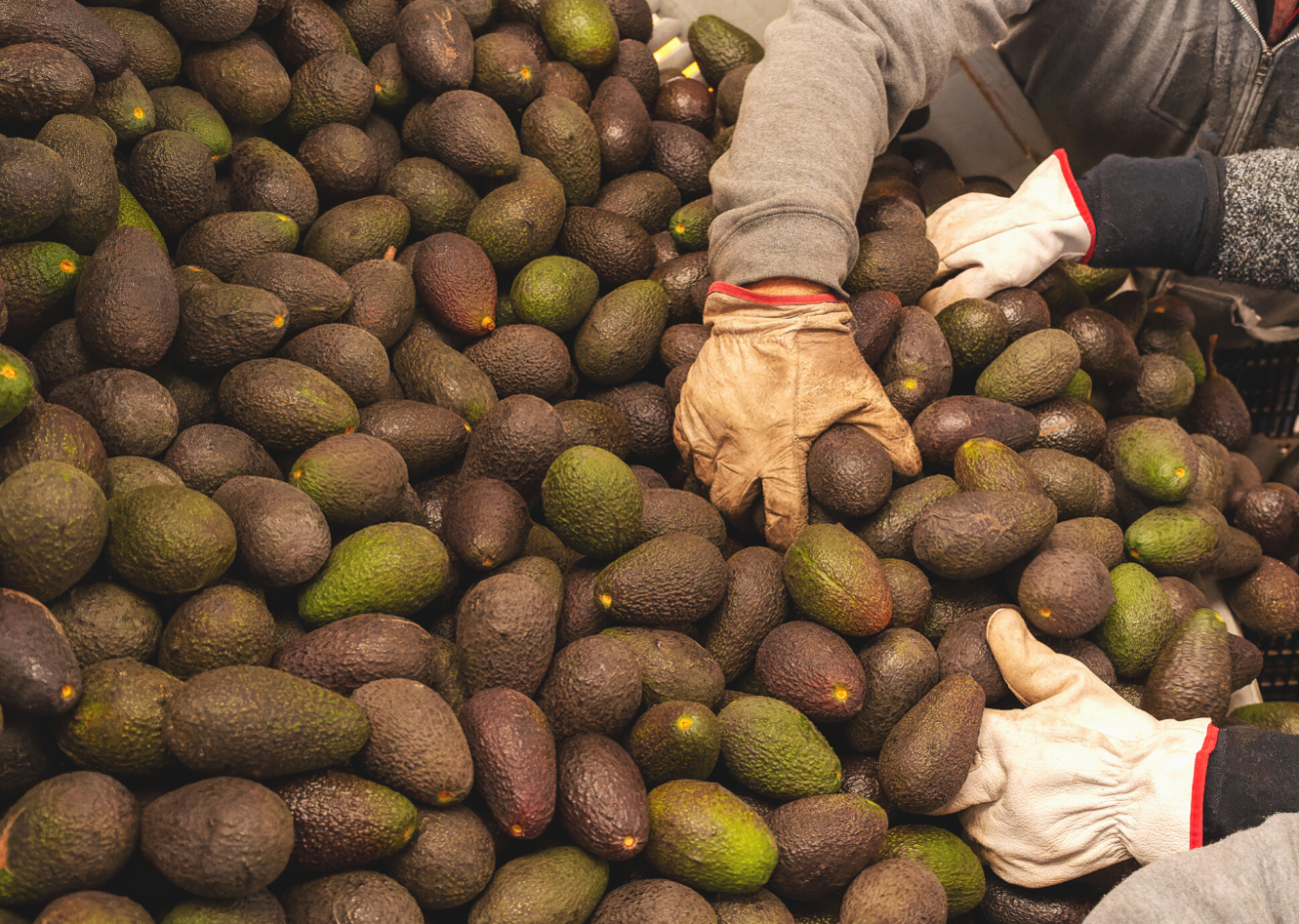
Is Avocado Oil Good For You? The Science and History Behind the Hype
Avocado oil is one of the trendiest oils to hit the shelves in recent decades whose health halo may be blinding you from considering its environmental impact.
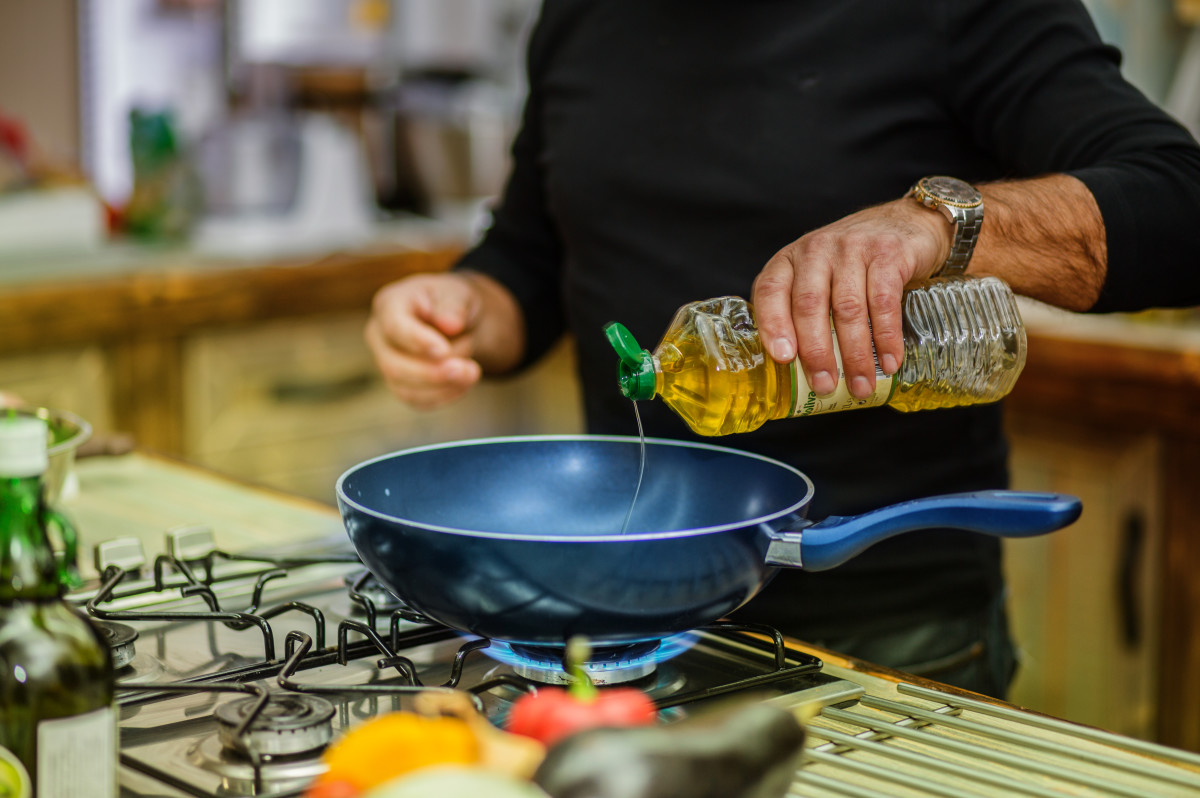
Is Canola Oil Bad for You?
Canola oil is a seed oil derived from the rapeseed plant, and it contains problematic levels of the inflammatory omega-6 fat linoleic acid.
